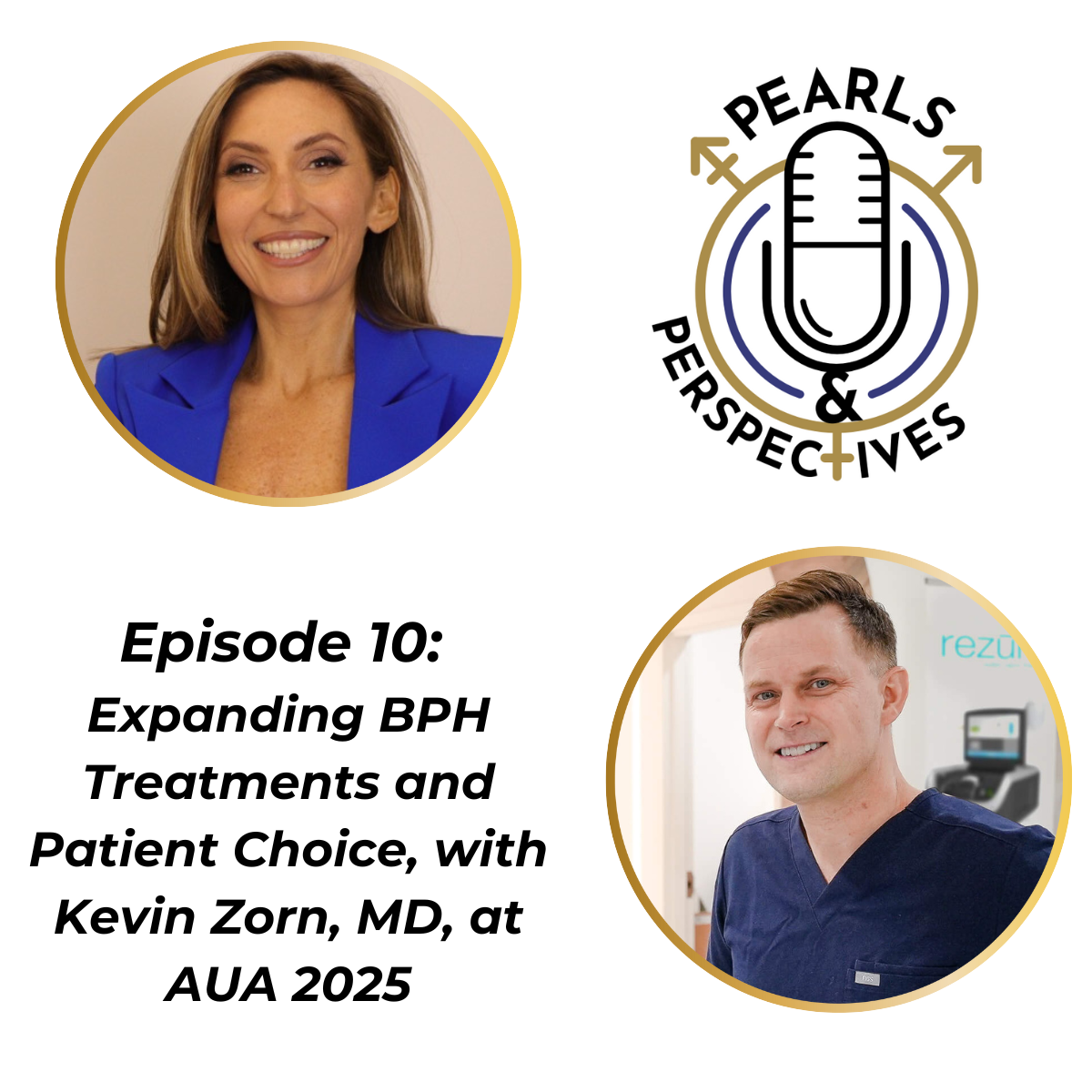News
Article
Avelumab prolongs OS, PFS in advanced urothelial carcinoma irrespective of diabetes status
Author(s):
Key Takeaways
- Avelumab plus BSC significantly prolongs OS and PFS in advanced urothelial carcinoma, regardless of diabetes mellitus status.
- The study included 700 patients, with a balanced distribution of diabetes mellitus across treatment arms.
OS was found to be prolonged with avelumab plus BSC vs BSC alone regardless of diabetes mellitus status.
First-line maintenance treatment with avelumab (Bavencio) in patients with advanced urothelial carcinoma is safe and effective in patients with or without diabetes mellitus, according to data from the JAVELIN Bladder 100 (NCT02603432) study presented at the 2025 American Society of Clinical Oncology Genitourinary Cancers Symposium in San Francisco, California.
Previously published findings from JAVELIN Bladder 100 indicated that avelumab first-line maintenance plus best supportive care (BSC) was associated with significantly prolonged overall survival (OS) and progression-free survival (PFS) vs BSC alone for patients with advanced urothelial carcinoma that had not progressed with first-line platinum-based chemotherapy.2,3 In their poster, the investigators noted that diabetes mellitus is a risk factor for bladder cancer4-6 and is also more common in older adults,7 and therefore they sought to conduct post hoc exploratory analyses of
Shilpa Gupta, MD

JAVELIN Bladder 100 in subgroups of patients with or without diabetes mellitus at the time of randomization. The investigators were led by Shilpa Gupta, MD, director of the Genitourinary Medical Oncology at Taussig Cancer Institute and co-leader of the Genitourinary Oncology Program at Cleveland Clinic in Cleveland, Ohio.
For JAVELIN Bladder 100, patients who had unresectable locally advanced or metastatic urothelial carcinoma that had not progressed after 4 to 6 cycles of first-line platinum-based chemotherapy were randomly assigned 1:1 to receive avelumab plus BSC or BSC alone. A total of 350 patients was assigned to each arm. The primary end point was OS as measured from randomization. Safety and PFS were secondary end points.
Fifty-five (15.7%) of patients in the avelumab plus BSC arm had documented controlled diabetes mellitus and 59 (16.9%) patients in the BSC-alone arm had documented controlled diabetes mellitus. A total of 295 (84.3%) patients in the avelumab plus BSC arm did not have documented diabetes mellitus and 291 (83.1%) patients in the BSC-alone arm did not have documented diabetes mellitus.
Regarding baseline characteristics, in both the avelumab plus BSC and BSC-alone arms, the subgroup with diabetes mellitus “was generally older and had higher proportions of patients who were male, had received carboplatin plus gemcitabine, or had visceral metastases,” the authors wrote in their poster.
OS was found to be prolonged with avelumab plus BSC vs BSC alone regardless of diabetes mellitus status. Median OS in the avelumab plus BSC arm was 20.8 months in patients with diabetes mellitus and 24.7 months in patients without diabetes mellitus. In the BSC-alone arm, median OS was 14.5 months in patients with diabetes mellitus and 15.8 months in patients without diabetes mellitus.
PFS was also improved with avelumab plus BSC regardless of diabetes mellitus status. Median PFS in the avelumab plus BSC arm was 5.6 months in patients with diabetes mellitus and 5.4 months in patients without diabetes mellitus. In the BSC-alone arm, median PFS was 2.0 months in patients with diabetes mellitus and 2.1 months in patients without diabetes mellitus.
Safety was assessed according to diabetes mellitus status in patients receiving avelumab. Treatment-related adverse events (TRAEs) of any grade were reported in 41 (75.9%) patients with diabetes mellitus and 228 (78.6%) patients without diabetes mellitus. Grade 3 or higher TRAEs were observed in 13 (24.1%) patients with diabetes mellitus and 54 (18.6%) patients without diabetes mellitus. TRAEs that resulted in treatment discontinuation occurred in 5 (9.3%) patients with diabetes mellitus and 35 (12.1%) patients without diabetes mellitus. Immune-related AEs of any grade were observed in 17 (31.5%) patients with diabetes mellitus and 94 (32.4%) patients without diabetes mellitus. In addition, 1 (1.9%) patient with diabetes mellitus had worsening/exacerbation of their diabetes mellitus as a result of avelumab treatment.
“Overall, these results show that avelumab [first-line] maintenance is associated with long-term efficacy benefits and consistent safety in patients with advanced [urothelial carcinoma] with or without diabetes mellitus who are progression free after [first-line] platinum-based chemotherapy,” the authors wrote in their conclusion.
REFERENCES
1.Gupta S, Grivas P, Park SH, et al. Avelumab first-line maintenance (1LM) in patients (pts) with advanced urothelial carcinoma (aUC) with or without diabetes mellitus (DM): Long-term outcomes from JAVELIN Bladder 100. J Clin Oncol 43, 2025 (suppl 5; abstr 869). doi:10.1200/JCO.2025.43.5_suppl.869
2. Powles T, Park SH, Caserta C, et al. Avelumab first-line maintenance for advanced urothelial carcinoma: results from the JAVELIN Bladder 100 trial after ≥2 years of follow-up. J Clin Oncol. 2023;41(19):3486-3492. doi:10.1200/JCO.22.01792
3. Powles T, Park SH, Voog E, et al. Avelumab maintenance therapy for advanced or metastatic urothelial carcinoma. N Engl J Med. 2020;383(13):1218-1230. doi:10.1056/NEJMoa2002788
4. NCCN Clinical Practice Guidelines in Oncology: Bladder Cancer. V5.2024
5. Xu Y, Huo R, Chen X, Yu X, et al. Diabetes mellitus and the risk of bladder cancer: A PRISMA-compliant meta-analysis of cohort studies. Medicine (Baltimore). 2017 Nov;96(46):e8588. doi:10.1097/MD.0000000000008588
6. Fang H, Yao B, Yan Y, et al. Diabetes mellitus increases the risk of bladder cancer: an updated meta-analysis of observational studies. Diabetes Technol Ther. 2013;15(11):914-22. doi:10.1089/dia.2013.0131
7. Wang L, Li X, Wang Z, et al. Trends in prevalence of diabetes and control of risk factors in diabetes among us adults, 1999-2018. JAMA. 2021;326(8):1-13. doi:10.1001/jama.2021.9883

















